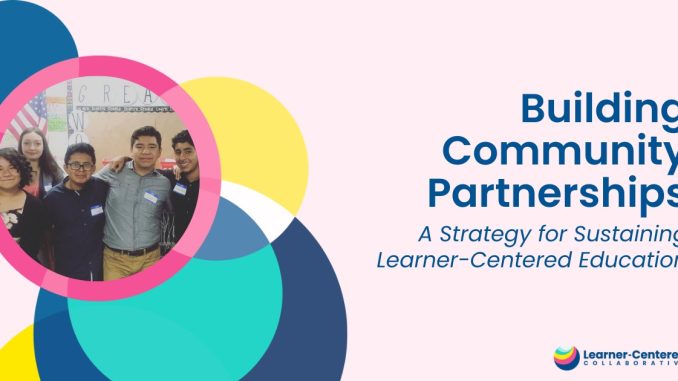
The relationship between schools and their surrounding communities has long been recognized as a cornerstone of educational success. Yet in today’s increasingly complex and interconnected world, building strong school-community partnerships is no longer a nice-to-have—it’s a strategic necessity. These partnerships extend beyond the traditional boundaries of parent-teacher interactions and fundraising events. They represent a dynamic collaboration where schools and communities work together to support student learning, foster civic engagement, and strengthen social cohesion. When done well, these partnerships create a shared sense of purpose and unlock resources that benefit everyone involved.
At the heart of any effective school-community partnership is mutual trust. Schools must be willing to engage with community members not just as stakeholders, but as co-creators of educational experiences. This means listening actively to local concerns, recognizing the unique strengths of the community, and being transparent about goals and challenges. In turn, communities need to see schools as integral to their well-being—not isolated institutions, but vibrant centers of learning that reflect and respond to the needs of the people they serve. This reciprocal relationship takes time to build, but it lays the foundation for meaningful collaboration.
One of the most compelling reasons to invest in these partnerships is the potential to enrich student learning. When schools tap into community expertise, they can offer students real-world experiences that bring academic concepts to life. A local business might host internships or provide guest speakers to discuss industry trends. A nonprofit could collaborate on service-learning projects that teach empathy and problem-solving. Even something as simple as inviting community members to share their personal stories in the classroom can deepen students’ understanding of history, culture, and identity. These experiences not only enhance curriculum but also help students see the relevance of their education beyond the classroom walls.
From a business perspective, strong school-community partnerships also contribute to workforce development. Companies benefit when local schools produce graduates who are not only academically prepared but also socially aware and professionally skilled. By engaging with schools early and often, businesses can help shape curricula that align with industry needs, support career exploration, and build pipelines for future talent. This proactive approach reduces the gap between education and employment and ensures that students are equipped to thrive in a rapidly changing economy. It also reinforces the idea that education is a shared responsibility, with benefits that extend far beyond the school gates.
Leadership plays a critical role in cultivating these partnerships. School administrators must be intentional about outreach, creating structures that facilitate collaboration and communication. This might involve establishing advisory councils, hosting community forums, or designating staff to manage external relations. But leadership is not confined to formal roles. Teachers, parents, students, and community members all have the capacity to lead by initiating dialogue, proposing ideas, and championing shared initiatives. When leadership is distributed and inclusive, partnerships become more resilient and responsive to evolving needs.
Challenges are inevitable in any collaborative effort, and school-community partnerships are no exception. Differences in priorities, communication styles, and resource availability can create friction. However, these challenges are not insurmountable. In fact, they often present opportunities for growth. Navigating conflict with empathy and openness can strengthen relationships and clarify shared values. It’s important to approach these moments not as setbacks, but as part of the learning process. Just as students benefit from constructive feedback, so too do partnerships benefit from honest reflection and continuous improvement.
Technology has introduced new possibilities for connection and collaboration. Digital platforms allow schools to share updates, celebrate achievements, and solicit input from a broader audience. Virtual meetings make it easier for busy professionals and parents to participate in decision-making processes. Online tools can also support joint projects, enabling students and community members to work together across time and space. While technology should never replace face-to-face interaction, it can complement traditional methods and expand the reach of school-community engagement.
Ultimately, the strength of a school-community partnership lies in its ability to adapt and evolve. Communities change, and so do the needs of students. What worked five years ago may no longer be effective today. Successful partnerships remain attuned to these shifts, embracing innovation while staying grounded in shared purpose. They celebrate small wins, learn from setbacks, and continue to ask, “How can we do better together?” This mindset fosters resilience and ensures that the partnership remains relevant and impactful over time.
In the end, building strong school-community partnerships is about more than improving test scores or meeting policy mandates. It’s about creating environments where students feel supported, where educators feel empowered, and where communities feel connected. It’s about recognizing that education is not confined to classrooms, but woven into the fabric of everyday life. When schools and communities come together with intention and integrity, they create a powerful force for change—one that prepares students not just for exams, but for life.